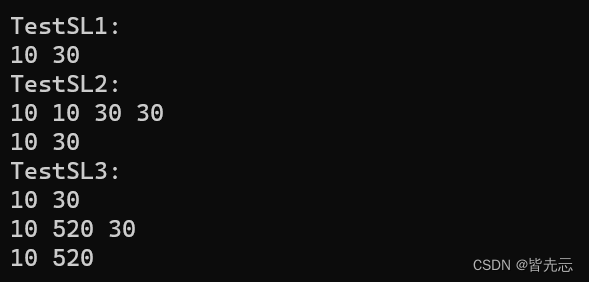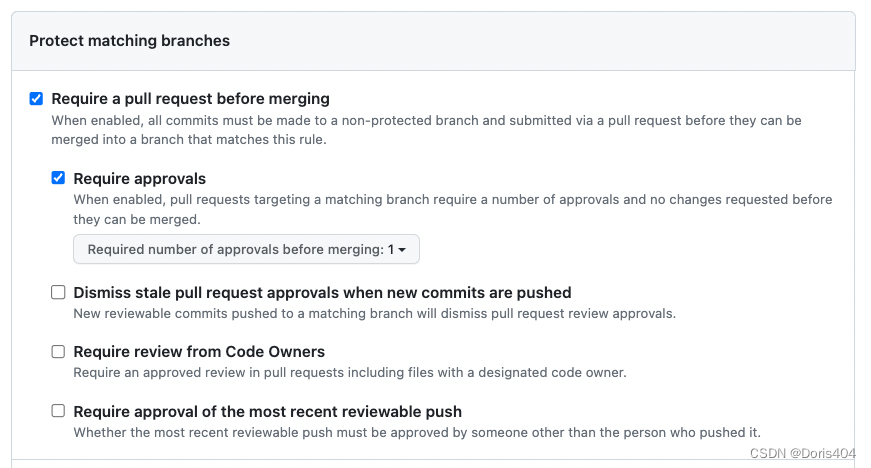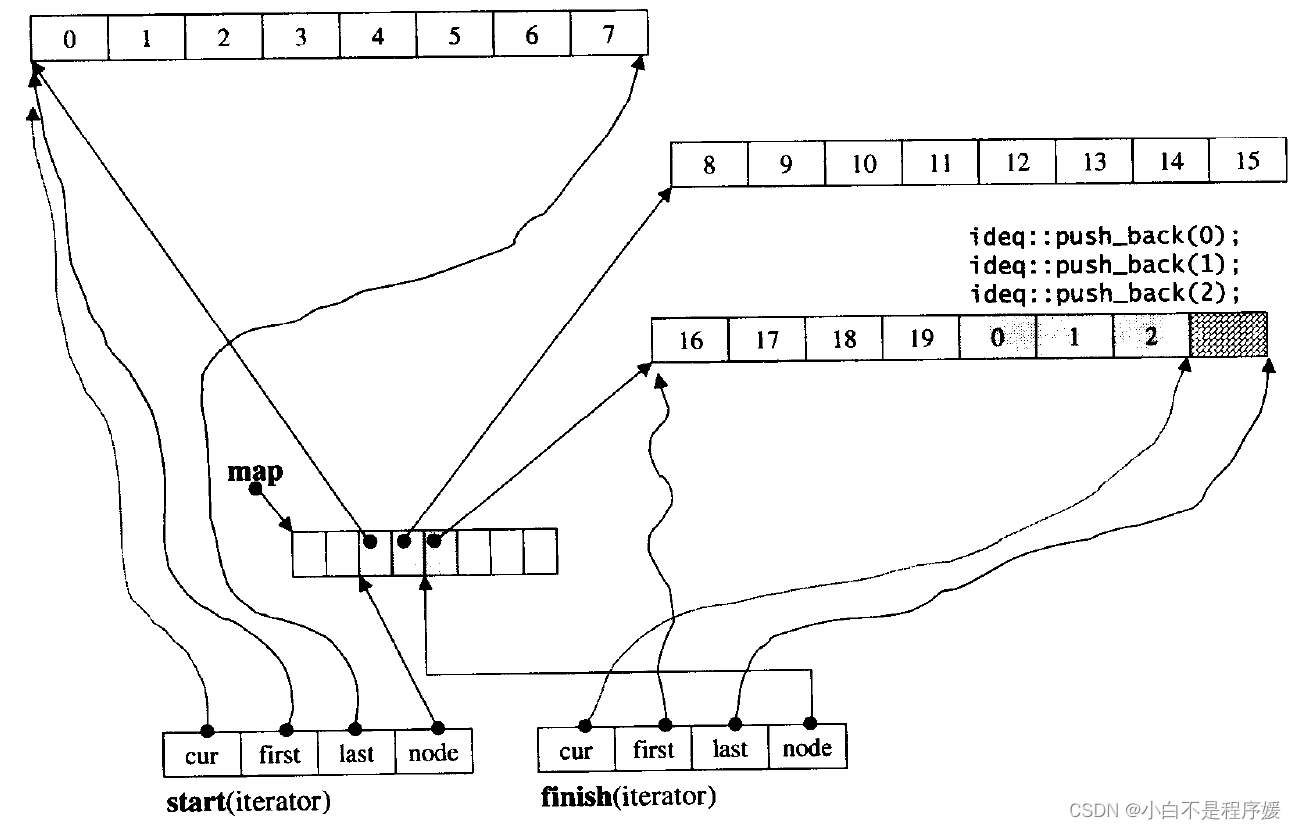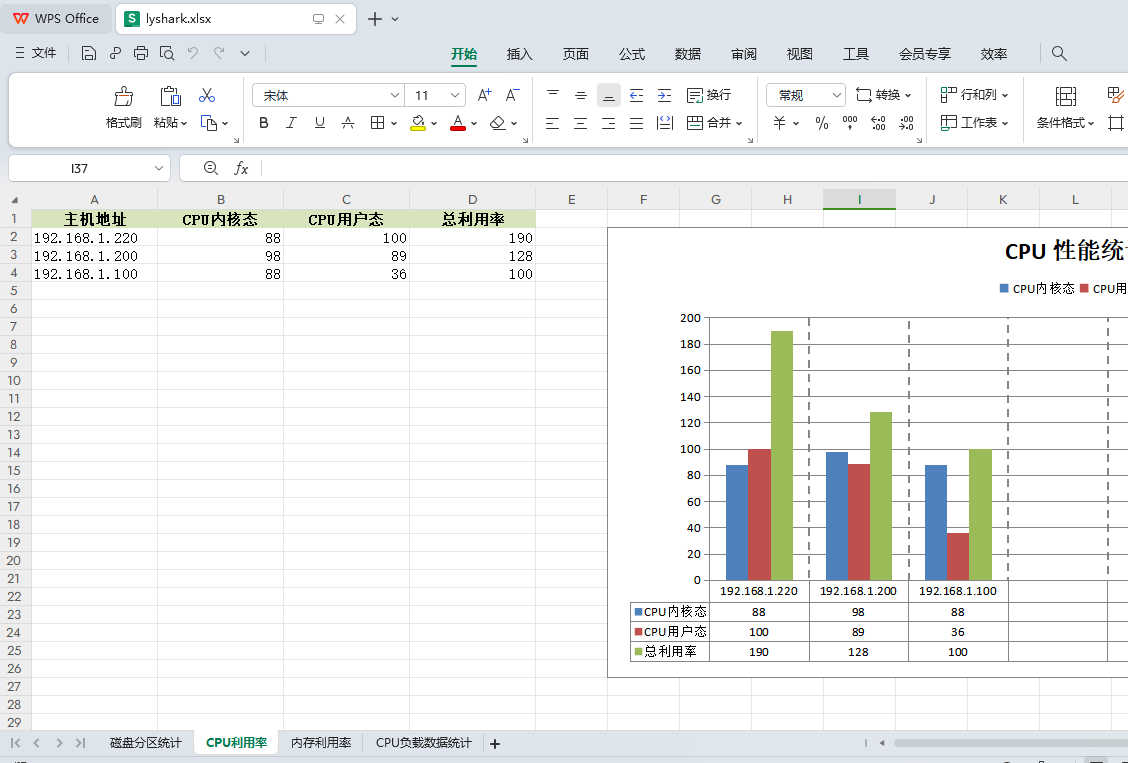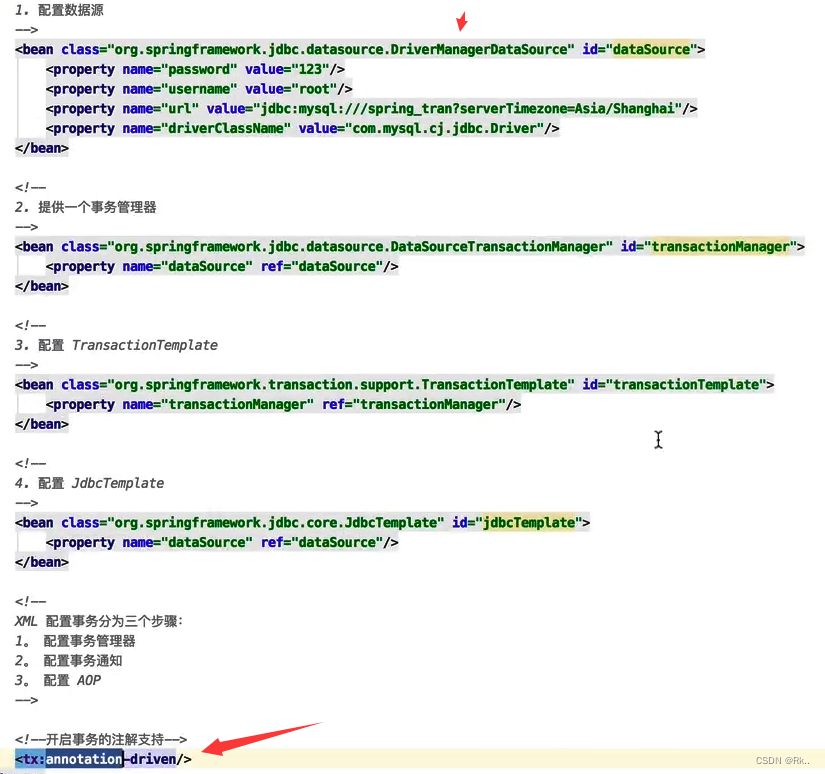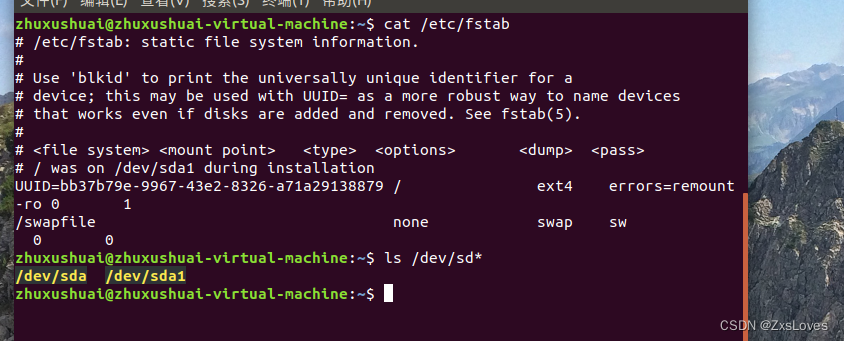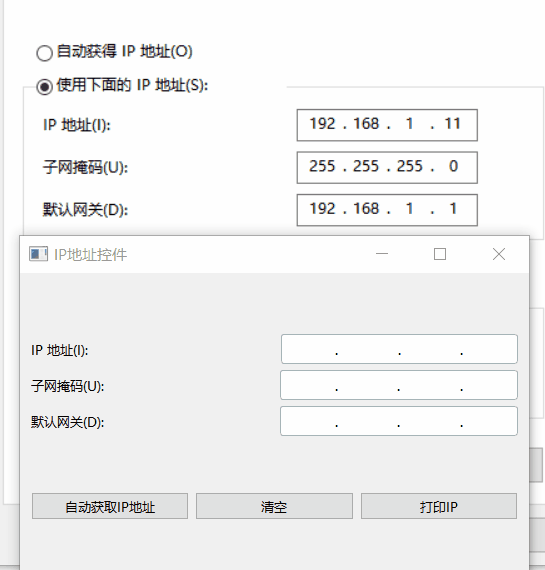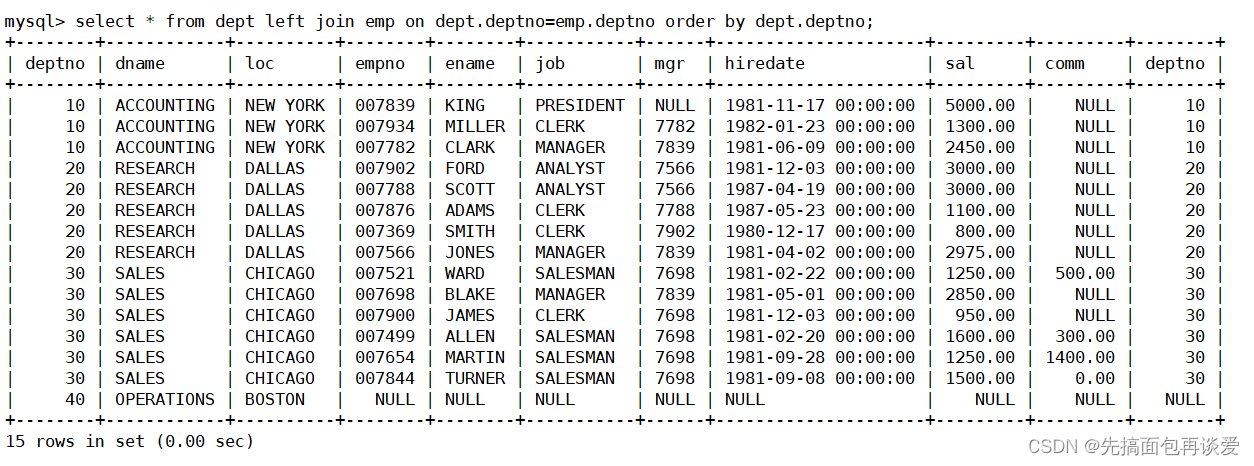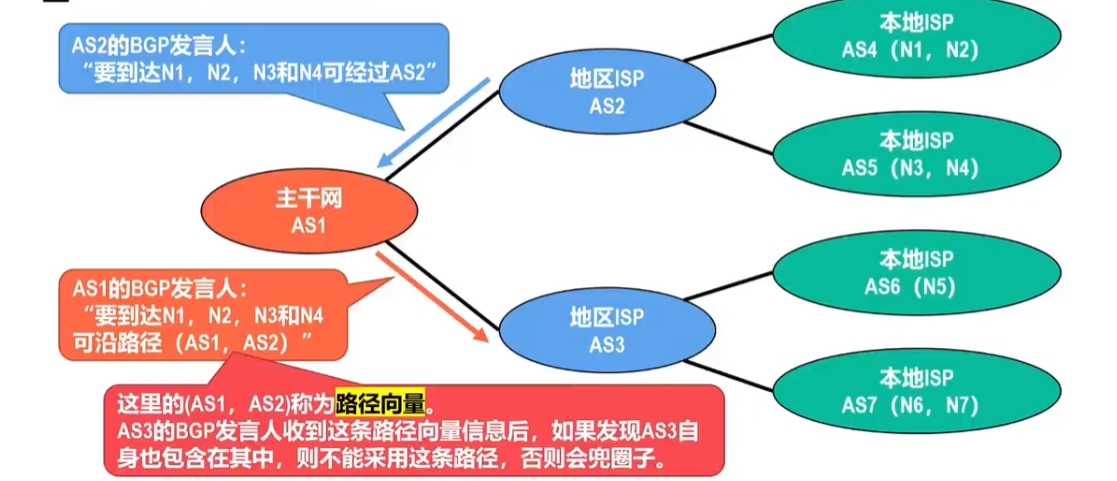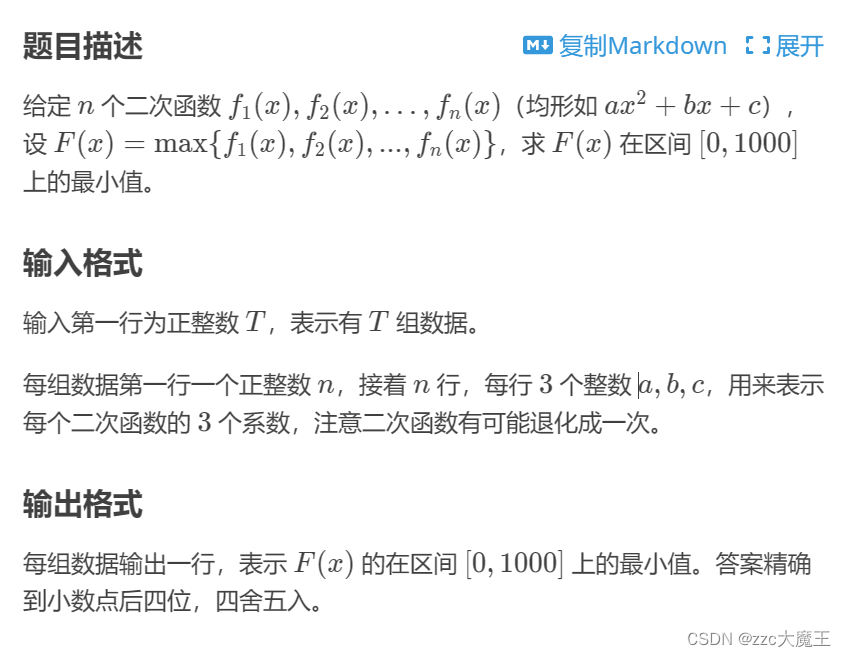文章目录
- 1.线性表
- 2.顺序表分类
- 2.1 静态顺序表
- 2.2 动态顺序表
- 3. 顺序表各接口实现
- 1. 定义结构体`(Seqlist)`
- 2. 结构体初始化`(SLInit)`
- 3.检查容量 `(SLCheckCapacity)`
- 4.打印数据 `(SLPrintf)`
- 5.插入操作
- 5.1 从数据头部插入`(SLPushFront)`
- 5.2 从数据尾部插入`(SLPushBack)`
- 5.3 从任意下标位置的插入`(SLInsert)`
- 6.删除操作
- 6.1 从数据头部删除`(SLPopFront)`
- 6.2 从数据尾部删除`(SLPopBack)`
- 6.3 从任意下标位置的删除`(SLErase)`
- 7 销毁操作 `(SLDestroy)`
- 4.完整代码
- 4.1 SeqList.h文件
- 4.2 SeqList.c文件
- 4.3 Test.c文件
1.线性表
1.线性表(linear list)是n个具有相同特性的数据元素的有限序列。 线性表是⼀种在实际中广泛使用的数据结构,常见的线性表:顺序表、链表、栈、队列、字符串
2.线性表在逻辑上是线性结构,也就说是连续的⼀条直线。但是在物理结构上并不一定是连续的,线性表在物理上存储时,通常以数组和链式结构的形式存储。
案例:蔬菜分为绿叶类、瓜类、菌菇类。线性表指的是具有部分相同特性的一类数据结构的集合
2.顺序表分类
顺序表和数组的区别:
顺序表的底层结构是数组,对数组的封装,实现了常用的增删改查等接口
2.1 静态顺序表
静态顺序表概念:使用定长数组存储元素
缺点是定义空间小了不够用,定义大了浪费,不好把控。
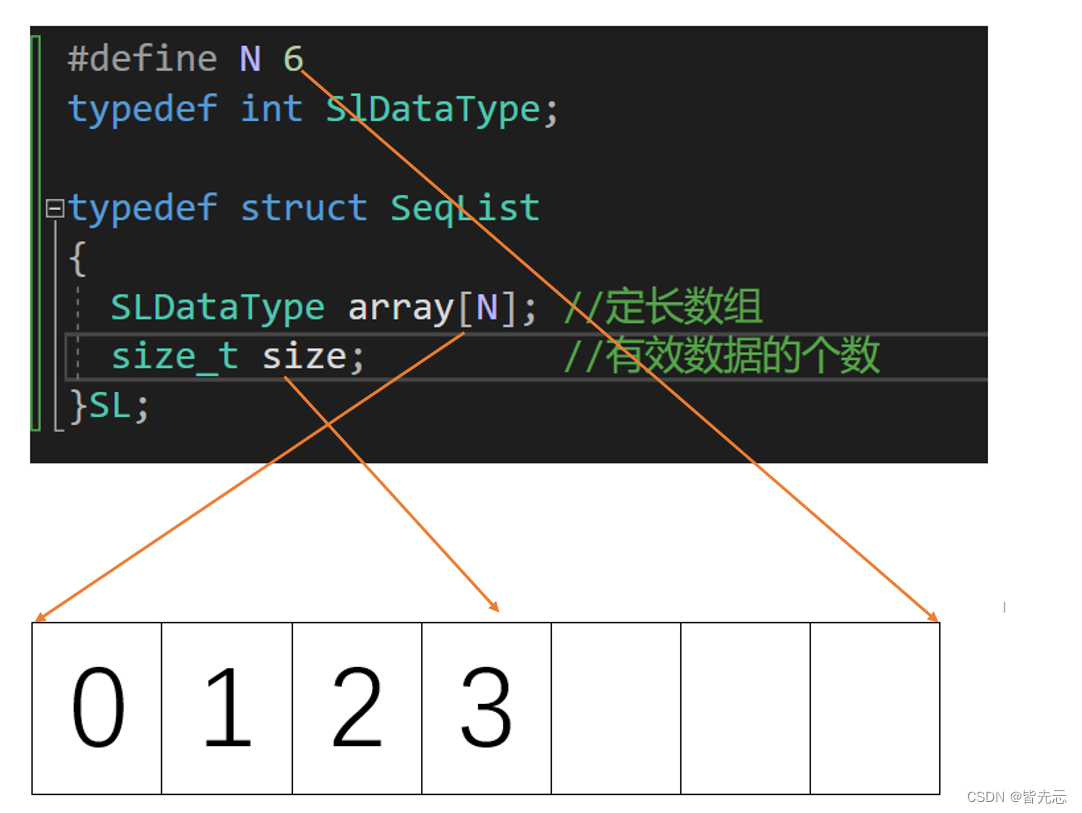
2.2 动态顺序表
动态顺序表概念:使用动态开辟的数组存储。
动态顺序表 根据自己的需求调整大小,

3. 顺序表各接口实现
首先建立3个文件
1.SeqList.h头文件,用来声明函数
2.SeqList.c文件,用来定义函数
3.Test.c文件,用来测试函数
静态顺序表只适用于确定知道需要存多少数据的场景。静态顺序表的定长数组导致N定大了,空间开多了浪费,开少了不够用。所以现实中基本都是使用动态顺序表,根据需要动态的分配空间大小,所以下面我们实现动态顺序表。
1. 定义结构体(Seqlist)
在SeqList.h头文件中
typedef int SLDataType;
typedef struct Seqlist
{
SLDataType* a;
int size; // 有效数据
int capacity; // 空间容量
}SL;
2. 结构体初始化(SLInit)
注意下述代码皆是:
在SeqList.h头文件中定义函数
在SeqList.c文件中实现函数
在Test.c文件中测试函数
SeqList.h文件中
定义函数:

SeqList.c文件中
实现函数:
void SLInit(SL *ps) // 数据表初始化
{
assert(ps);
ps->a = NULL;
ps->size = 0;
ps->capacity = 0;
}
Test.c文件中
测试函数:
int main()
{
SL s1;
SLInit(&s1);
return 0;
}
调试结果:

3.检查容量 (SLCheckCapacity)
定义函数:

实现函数:
void SLCheckCapacity(SL* ps) // 检查内存是否足够,不够就扩容。
{
//一般情况为了避免频繁插入数据而增容,或者一下开辟很大的空间,我们一般是每次增容2倍
assert(ps);
if (ps->size == ps->capacity)
{
int newCapacity = ps->capacity == 0 ? 4 : ps->capacity * 2;
SLDataType* tmp = (SLDataType*)realloc(ps->a, sizeof(SLDataType) * newCapacity);
if (tmp == NULL)
{
perror("realloc fail");
return;
}
ps->a = tmp;
ps->capacity = newCapacity;
}
}
测试函数:
int main()
{
SL s1;
SLInit(&s1);
SLCheckCapacity(&s1);
return 0;
}
调试结果:

4.打印数据 (SLPrintf)
定义函数:

实现函数:
void SLPrintf(SL* ps) // 数据表打印
{
assert(ps);
for (int i = 0; i < ps->size; i++)
{
printf("%d ", ps->a[i]);
}
printf("\n");
}
5.插入操作
5.1 从数据头部插入(SLPushFront)
定义函数:

实现函数:
void SLPushFront(SL* ps, SLDataType x) // 头插
{
assert(ps);
SLCheckCapacity(ps);
int end = ps->size - 1;
while (end >= 0)
{
ps->a[end + 1] = ps->a[end];
end--;
}
ps->a[0] = x;
ps->size++;
}
动图解析:
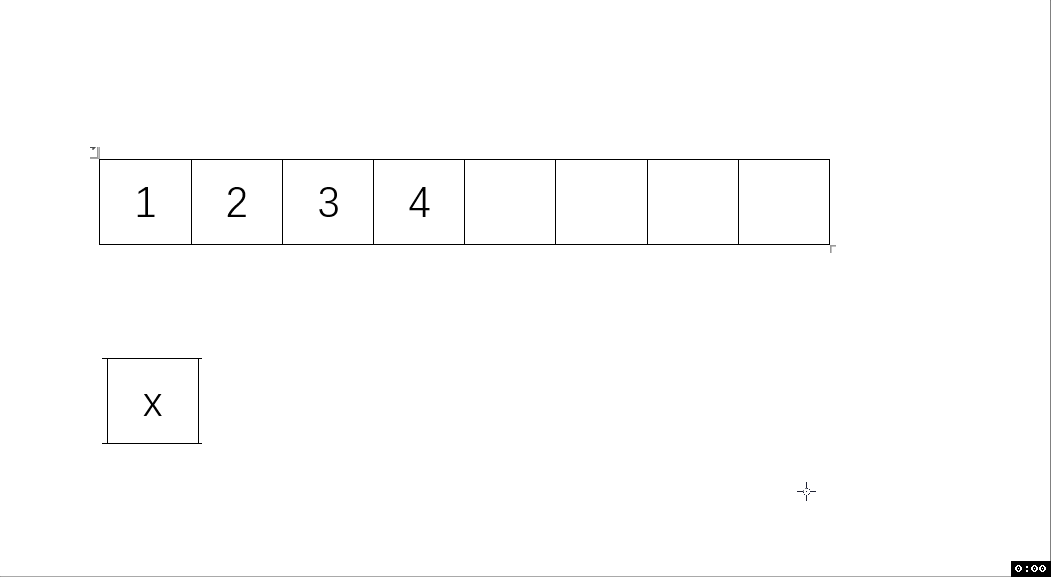
测试函数结果:
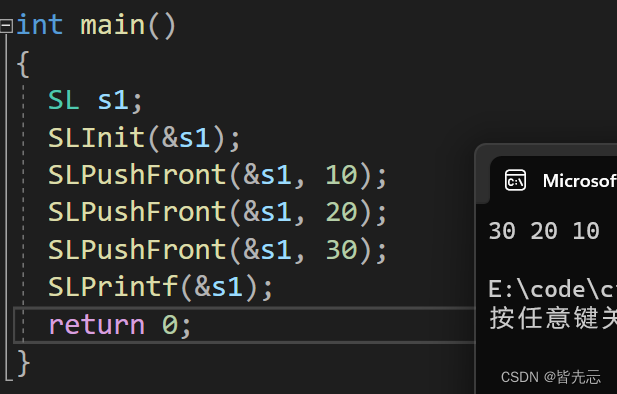
5.2 从数据尾部插入(SLPushBack)
定义函数:

实现函数:
void SLPushBack(SL* ps, SLDataType x) // 尾插
{
assert(ps);
SLCheckCapacity(ps);
ps->a[ps->size++] = x;
}
动图解析:

测试函数结果:
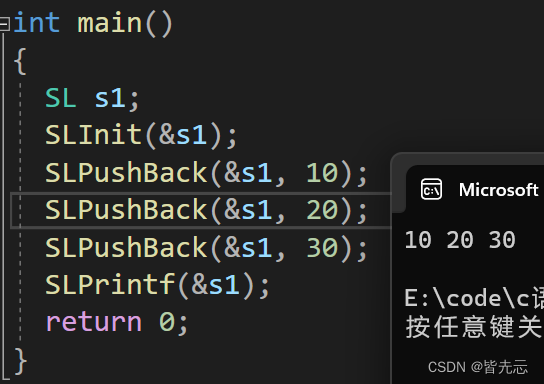
5.3 从任意下标位置的插入(SLInsert)
定义函数:

实现函数:
void SLInsert(SL* ps, int pos, SLDataType x) // 任意下标位置的插入
{
assert(ps);
assert(pos >= 0 && pos <= ps->size);
SLCheckCapacity(ps);
int end = ps->size - 1;
while (end >= pos)
{
ps->a[end + 1] = ps->a[end];
end--;
}
ps->a[pos] = x;
ps->size++;
}
动图解析:

测试函数结果:
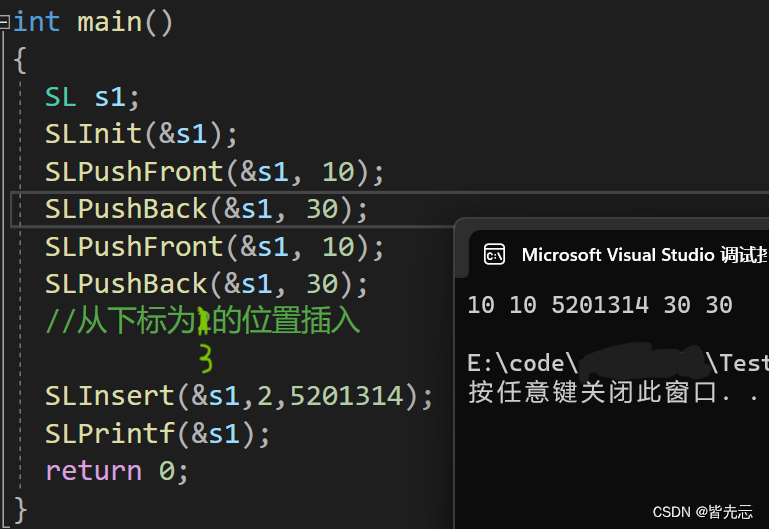
6.删除操作
6.1 从数据头部删除(SLPopFront)
定义函数:

实现函数:
void SLPopFront(SL* ps) // 头删
{
assert(ps);
assert(ps->size>0);
int begin = 1;
while (begin < ps->size)
{
ps->a[begin - 1] = ps->a[begin];
begin++;
}
ps->size--;
}
动图解析:
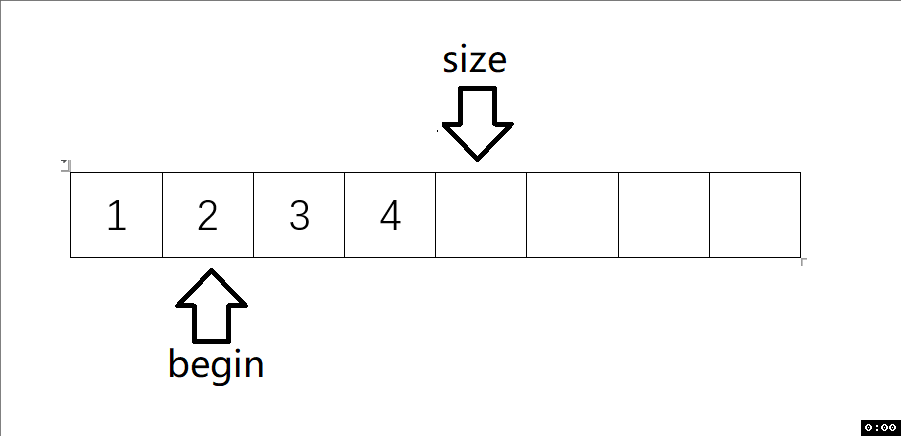
测试函数结果:

6.2 从数据尾部删除(SLPopBack)
定义函数:

实现函数:
void SLPopBack(SL* ps) // 尾删
{
assert(ps);
assert(ps->size>0);
ps->size--;
}
动图解析:
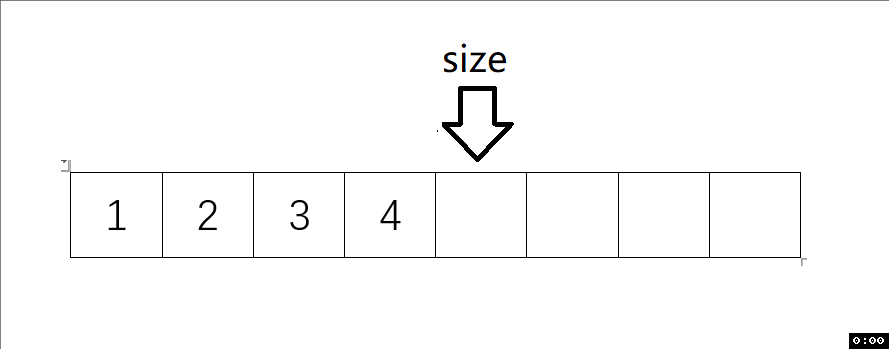
测试函数结果:
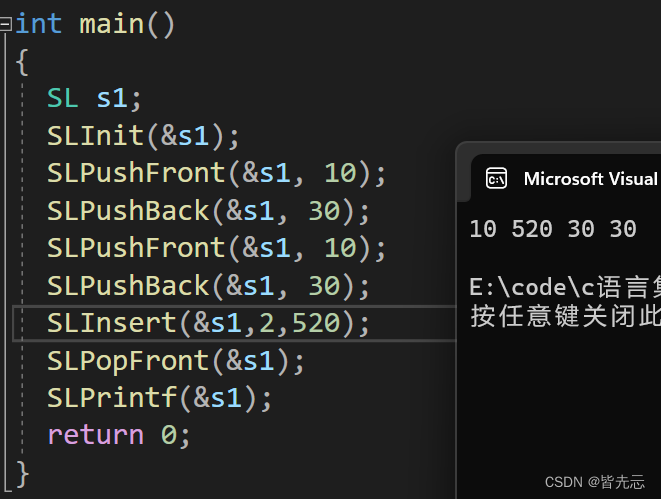
6.3 从任意下标位置的删除(SLErase)
定义函数:

实现函数:
void SLErase(SL* ps, int pos) // 任意下标位置的删除
{
assert(ps);
assert(pos >= 0 && pos < ps->size);
// 这里删除不能用等于ps->size,ps->size看作下标的话相当于下标的最后一个位置+1
int begin = pos + 1;
while (begin < ps->size)
{
ps->a[begin - 1] = ps->a[begin];
begin++;
}
ps->size--;
}
动图解析:

测试函数结果:

7 销毁操作 (SLDestroy)
定义函数:

实现函数:
void SLDestroy(SL* ps) // 数据表销毁
{
assert(ps);
if (ps->a != NULL)
{
free(ps->a);
ps->a = NULL;
ps->size = 0;
ps->capacity = 0;
}
}

4.完整代码
4.1 SeqList.h文件
#define _CRT_SECURE_NO_WARNINGS 1
#include<stdio.h>
#include<stdlib.h>
#include<assert.h>
typedef int SLDataType;
typedef struct Seqlist
{
SLDataType* a;
int size; // 有效数据
int capacity; // 空间容量
}SL;
void SLInit(SL *ps); // 数据表初始化
void SLDestroy(SL *ps); // 数据表销毁
void SLPushFront(SL* ps, SLDataType x); // 头插
void SLPushBack(SL *ps ,SLDataType x); // 尾插
void SLPopFront(SL* ps); // 头删
void SLPopBack(SL* ps); // 尾删
void SLCheckCapacity(SL* ps); // 检查内存是否足够,不够就扩容。
void SLPrintf(SL* ps); // 数据表打印
void SLInsert(SL* ps, int pos, SLDataType x); //任意下标位置的插入
void SLErase(SL* ps, int pos); //任意下标位置的删除
4.2 SeqList.c文件
#define _CRT_SECURE_NO_WARNINGS 1
#include"SeqList.h"
void SLCheckCapacity(SL* ps) // 检查内存是否足够,不够就扩容。
{
assert(ps);
if (ps->size == ps->capacity)
{
int newCapacity = ps->capacity == 0 ? 4 : ps->capacity * 2;
SLDataType* tmp = (SLDataType*)realloc(ps->a, sizeof(SLDataType) * newCapacity);
if (tmp == NULL)
{
perror("realloc fail");
return;
}
ps->a = tmp;
ps->capacity = newCapacity;
}
}
void SLPrintf(SL* ps) // 数据表打印
{
assert(ps);
for (int i = 0; i < ps->size; i++)
{
printf("%d ", ps->a[i]);
}
printf("\n");
}
void SLInit(SL *ps) // 数据表初始化
{
assert(ps);
ps->a = NULL;
ps->size = 0;
ps->capacity = 0;
}
void SLDestroy(SL* ps) // 数据表销毁
{
assert(ps);
if (ps->a != NULL)
{
free(ps->a);
ps->a = NULL;
ps->size = 0;
ps->capacity = 0;
}
}
void SLPushFront(SL* ps, SLDataType x) // 头插
{
assert(ps);
SLCheckCapacity(ps);
int end = ps->size - 1;
while (end >= 0)
{
ps->a[end + 1] = ps->a[end];
end--;
}
ps->a[0] = x;
ps->size++;
}
void SLPushBack(SL* ps, SLDataType x) // 尾插
{
assert(ps);
SLCheckCapacity(ps);
ps->a[ps->size++] = x;
}
void SLPopFront(SL* ps) // 头删
{
assert(ps);
assert(ps->size > 0);
int begin = 1;
while (begin < ps->size)
{
ps->a[begin - 1] = ps->a[begin];
begin++;
}
ps->size--;
}
void SLPopBack(SL* ps) // 尾删
{
assert(ps);
assert(ps->size>0);
ps->size--;
}
// pos是下标
void SLInsert(SL* ps, int pos, SLDataType x) // 任意下标位置的插入
{
assert(ps);
assert(pos >= 0 && pos <= ps->size);
SLCheckCapacity(ps);
int end = ps->size - 1;
while (end >= pos)
{
ps->a[end + 1] = ps->a[end];
end--;
}
ps->a[pos] = x;
ps->size++;
}
void SLErase(SL* ps, int pos) // 任意下标位置的删除
{
assert(ps);
assert(pos >= 0 && pos < ps->size); // 这里删除不能用等于ps->size,ps->size看作下标的话相当于下标的最后一个位置+1
int begin = pos + 1;
while (begin < ps->size)
{
ps->a[begin - 1] = ps->a[begin];
begin++;
}
ps->size--;
}
4.3 Test.c文件
#define _CRT_SECURE_NO_WARNINGS 1
#include"SeqList.h"
void TestSL1() // 头插,尾插
{
printf("TestSL1:\n");
SL s1;
SLInit(&s1);
SLPushFront(&s1, 10);
SLPushBack(&s1, 30);
SLPrintf(&s1);
}
void TestSL2() // 头删,尾删
{
printf("TestSL2:\n");
SL s1;
SLInit(&s1);
SLPushFront(&s1, 10);
SLPushBack(&s1, 30);
SLPushFront(&s1, 10);
SLPushBack(&s1, 30);
SLPrintf(&s1);
SLPopBack(&s1);
SLPopFront(&s1);
SLPrintf(&s1);
}
void TestSL3()//任意下标位置的插入,删除测试
{
printf("TestSL3:\n");
SL s1;
SLInit(&s1);
SLPushFront(&s1, 10);
SLPushBack(&s1, 30);
SLPrintf(&s1);
SLInsert(&s1, 1, 520);
SLPrintf(&s1);
SLErase(&s1, 2);
SLPrintf(&s1);
}
int main()
{
TestSL1();
TestSL2();
TestSL3();
}
运行结果如下:
